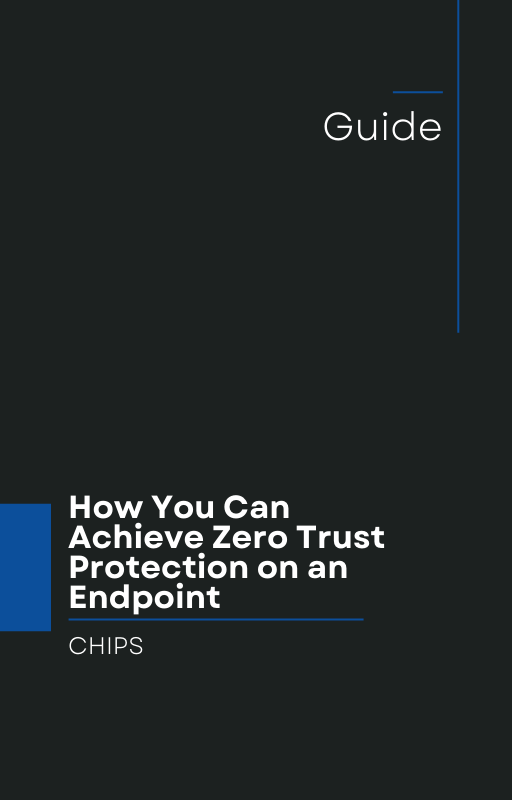In a recent report from CSO Online, researchers uncovered a dangerous new malware campaign that targets Docker environments by exploiting exposed APIs — and once inside, it changes the locks to keep everyone else out.
(Source: CSO Online)
This isn’t the same old cryptomining story. This malware doesn’t just hijack resources; it entrenches itself, blocks rivals, and builds persistence inside containerized environments. It’s another clear sign that traditional security models built on detect and respond are no longer enough. The next phase of cybersecurity defense must focus on isolation and containment.
How the Docker API Attack Works
According to the CSO article, attackers scan the internet for Docker APIs that are left open on port 2375 or misconfigured to accept connections from any IP address. Once found, they use these APIs to:
-
Spin up new containers and mount the host filesystem
-
Download and execute payloads through obfuscated scripts fetched over Tor
-
Modify firewall rules to block access for competitors and defenders
-
Add cron jobs and SSH keys for persistence and control
After gaining control, the malware ensures that it alone maintains access. It disables other attackers, prevents cleanup, and locks defenders out of their own systems.
What makes this attack so alarming is how it takes advantage of automation and convenience. Docker’s flexibility, when improperly secured, becomes the attacker’s entry point. And once they’re inside, even rapid detection may come too late.
Why Detect and Respond Is No Longer Enough
The detect and respond model assumes you’ll have time to notice and act before damage spreads. But attacks like this show that:
-
Detection takes time – By the time a threat is noticed, the attacker has already changed configurations, created persistence, or locked administrators out.
-
Many attacks go unseen – New and customized malware doesn’t always trigger detection tools, especially if it mimics normal API or administrative behavior.
-
Response can be too slow – Once access is lost or credentials are changed, it may take hours or days to regain control.
-
Attackers use your own tools – When legitimate APIs are abused, even sophisticated monitoring can struggle to distinguish friend from foe.
These challenges highlight the need for a shift in how organizations think about cybersecurity. Businesses can no longer rely on detection alone — they need protection that prevents and contains.
Why Isolation and Containment Work Better
Isolation and containment focus on limiting what code can do once it’s running. Instead of waiting for malware to act, these principles stop malicious actions before they can spread or cause harm.
This is exactly how AppGuard works. Rather than chasing indicators of compromise, AppGuard enforces strict controls that:
-
Prevent applications from executing untrusted or unexpected code
-
Contain any untrusted process in a restricted space, stopping it from spreading
-
Protect the system without relying on updates, signatures, or cloud lookups
-
Allow normal business operations to continue without interruption
AppGuard has a 10-year track record of success in high-security environments and is now available for commercial use. It doesn’t replace existing security tools — it enhances them by adding a layer of prevention that works even when detection fails.
How Businesses Can Strengthen Their Defenses
-
Audit your Docker and API configurations – Identify and close open endpoints. Require authentication and TLS.
-
Adopt containment-based protection – Move from reactive detection to proactive isolation with solutions like AppGuard.
-
Educate your IT teams – Make sure your staff understands that automation can create new risks if left unguarded.
-
Layer your defenses – Combine existing monitoring tools with prevention-based protection that stops attacks before they spread.
-
Partner with experts – Work with cybersecurity professionals who understand how to integrate containment strategies into your business.
Take the Next Step
The Docker API malware campaign is a reminder that the cyber landscape continues to evolve. Attackers are not just exploiting vulnerabilities; they’re locking organizations out of their own systems.
It’s time for businesses to move beyond detect and respond and adopt isolation and containment as a core strategy.
Talk with us at CHIPS to learn how AppGuard can help your organization prevent incidents like this. Let’s protect your business by stopping threats before they start — not after they’ve already done damage.
Like this article? Please share it with others!

October 8, 2025

Comments